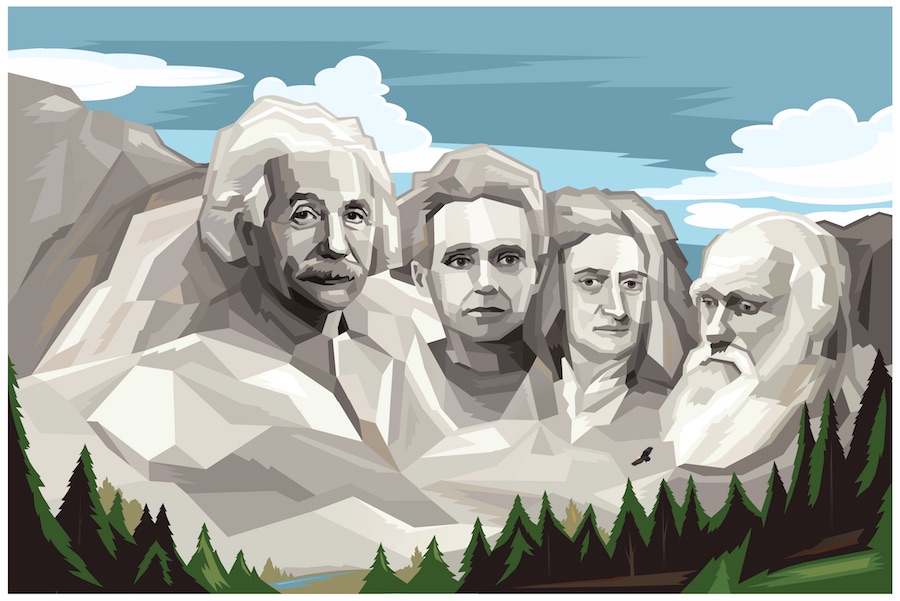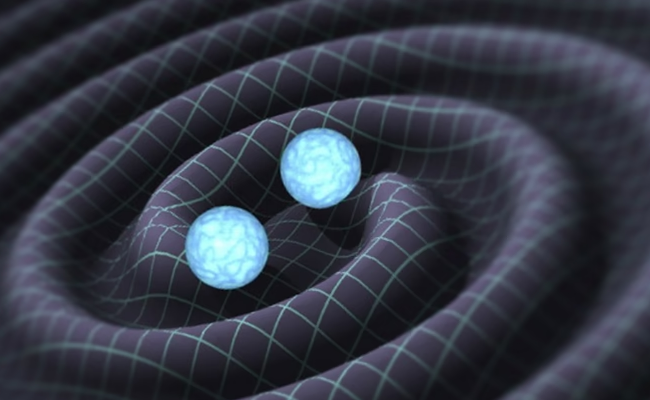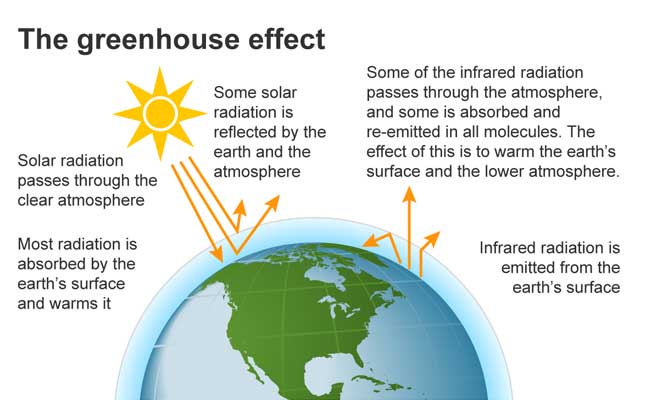Exploring the Top Scientific Theories That Changed the World: Scientific theories have shaped our understanding of the natural world and the universe. From explaining the forces of nature to revealing the complexities of life, these theories have not only revolutionized science but also greatly influenced technology, medicine and society.
Theory of Evolution by Natural Selection
Suggested by: Charles Darwin and Alfred Russell Wallace
Published: 1859 (Darwin’s On the Origin of Species)
The theory of evolution by natural selection is one of the most influential scientific theories in biology. Charles Darwin, based on previous work and his own observations, proposed that species evolve over time through the process of natural selection. Organisms with traits that are better suited to their environment are more likely to survive and reproduce, passing these advantageous traits on to future generations. Over a long period of time, this leads to the emergence of new species.
Effects:
Darwin’s theory radically changed how we understand life on Earth, explaining species diversity and providing the basis for modern biology, genetics and medicine. This has sparked controversy in religious and philosophical circles, challenging traditional views on creation.
Theory of General Relativity
Recommended by: Albert Einstein
Published: 1915
Albert Einstein’s theory of general relativity changed our understanding of gravity and the nature of space and time. According to this theory, massive objects like planets and stars bend the fabric of spacetime, and this curvature affects the motion of other objects. The theory also introduced the concept of gravitational waves, which were first directly detected in 2015.
Effects:
General relativity is fundamental to modern astrophysics and cosmology. It has been instrumental in understanding the behavior of light in black holes, the expansion of the universe and gravitational fields. GPS technology also relies on the consistency predicted by general relativity, highlighting its practical applications.
Germ theory of disease
Suggested by: Louis Pasteur and Robert Koch (among others)
Developed: mid 19th century
The germ theory of disease states that many diseases are caused by microorganisms—bacteria, viruses, fungi, and parasites—that invade the body. Prior to this theory, diseases were often attributed to imbalances in bodily fluids or “miasmas” (bad air). Louis Pasteur and Robert Koch were key figures in proving the link between germs and disease, which led to the development of vaccines, antibiotics and hygienic practices.
Effects:
This theory revolutionized medicine and public health. It paved the way for sterilization, pasteurization and vaccination, which greatly reduced the death rate from infectious diseases. This led to major advances in the development of treatments for bacterial and viral infections, changing the course of medical history.
The Big Bang Theory
Suggested by: Georges Lemaitre, improved by others
Developed: 1920s-1960s
The Big Bang Theory explains the origin and expansion of the universe. This suggests that the universe began as a single, incredibly hot and dense point about 13.8 billion years ago and has been expanding ever since. The discovery of the cosmic microwave background radiation by Arno Penzius and Robert Wilson in 1965 provided strong evidence to support this theory.
Effects:
The Big Bang theory is a cornerstone of modern cosmology, explaining how the universe evolved over time. It also forms the basis for understanding the formation of galaxies, stars and planets. Additionally, this theory has inspired philosophical discussions about the nature of existence, time, and space.
Heliocentric theory
Suggested by: Nicolaus Copernicus
Published: 1543 (De revolutionibus orbium coelestium)
The heliocentric theory, proposed by Copernicus, challenged the long-held belief that the Earth was the center of the universe. Instead, Copernicus proposed that Earth and the other planets revolved around the Sun. This idea was later supported and expanded by astronomers such as Johannes Kepler and Galileo Galilei, who provided observational evidence.
Effects:
Heliocentric theory was the beginning of the scientific revolution. It fundamentally changed humanity’s view of its place in the universe and laid the foundation for modern astronomy. This caused significant tension between science and religion, particularly within the Catholic Church.
Theory of plate tectonics
Proposed by: Alfred Wegener (early idea), later developed by others
Developed: 1912-1960
The theory of plate tectonics explains the movement of Earth’s lithosphere, which is divided into large plates that float in the semi-fluid asthenosphere beneath them. These plates are responsible for many geological features and phenomena, including earthquakes, mountain formation, and continental drift.
Effects:
This theory revolutionized our understanding of geology and Earth processes. It explains why continents move, causes earthquakes and volcanic activity, and the formation of mountain ranges. Plate tectonics helps predict natural disasters and understand the history of Earth’s surface.
Quantum theory
Proposed by: Max Planck, expanded by others such as Albert Einstein, Niels Bohr and Werner Heisenberg
Developed: Early 20th century
Quantum theory describes the behavior of matter and energy at the smallest scale – at the level of atoms and sub-atomic particles. It introduces concepts such as wave-particle duality, quantum superposition, and uncertainty. Quantum mechanics challenged classical physics, offering a new understanding of how the universe works at its most fundamental level.
Effects:
Quantum theory has had profound implications for technology and science. It formed the basis of modern electronics, leading to the development of semiconductors, transistors and lasers. Quantum mechanics also plays an important role in fields such as cryptography, quantum computing and nanotechnology.
These top scientific theories not only revolutionized the scientific community but shaped the modern world in profound ways. From understanding the origins of life and the universe to developing technologies that power our daily lives, these theories remain pillars of human knowledge. As science continues to evolve, so will our understanding of these fundamental principles, leading to even greater discoveries in the future.
Read Also: Idea behind Ramakrishna Mission
![]()





